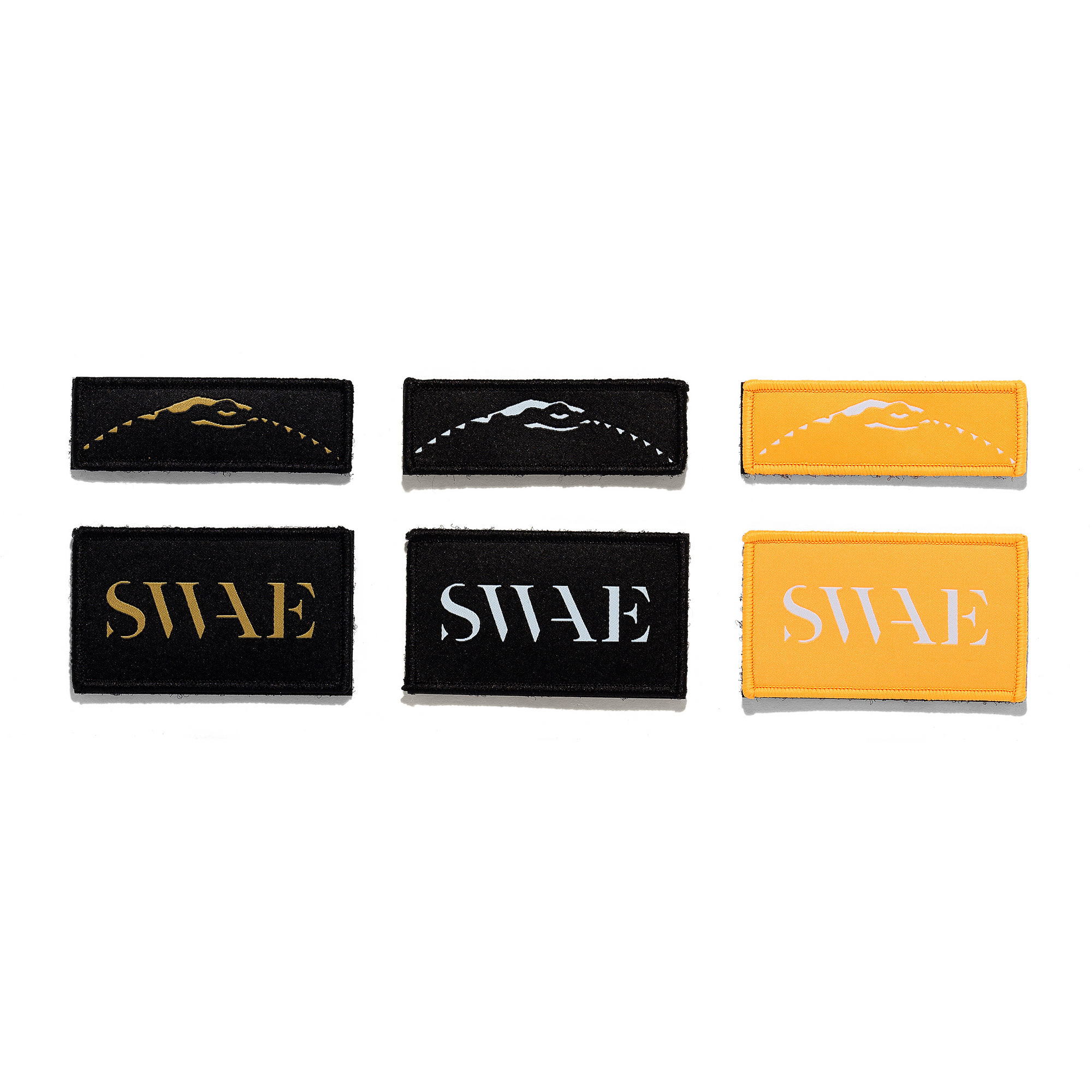Gear
A LEGACY WROUGHT IN STEEL: THE GREAT NORTHERN RAILWAY
The hot August sun beats down as the ringing of spike hammers on steel can be heard for miles in all directions. The only respite from the grueling conditions is a railroad camp miles down the line to the east – so far away that talk has arisen about building a new home for the 1,500 workers along the track. Little do the RoadMasters (railroad managers) know that where they planted their stakes into the earth at the foot of the mighty Rockies in 1891 would be the site of a Montana town over a century later.
The Great Northern Railway crossing the vast plains of the east and the towering Rockies of the west continues to define Montana to this day. And it's all thanks to a vision of one man who refused to let popular opinion sway his determination to seize the opportunity.
"When we are all dead and gone, the sun will still shine, the rain will fall, and this railroad will run as usual." - James J. Hill.
Born in a log cabin in Rockwood, Ontario, in 1838, James Hill would rise from humble beginnings to running his own coal business in 1869. Using the coal business's profits, James bought the struggling St. Paul & Pacific Railroad in 1878, where he would begin building the empire he envisioned. He dreamed of connecting the markets of the eastern seaboard with Asian products across the Pacific via a railroad from St. Paul to the ports of Seattle.
Industry insiders called the endeavor "Hills Folly." The northern Great Plains were primarily barren and undeveloped, and without farmers to utilize the new track, it would surely lose money. Then came the problem of the towering Rocky Mountains in Montana. The passes of these colossal mountains are windy and unpredictable. Even if the rail were finished, powering the locomotives up the steep tracks would ultimately destroy the project in its attempt to overcome the greatest physical barriers on the North American continent.
A Vision Through the Mountains
But Hill wouldn't be deterred. In 1890 a track was laid, 30 feet at a time, a mile a day, at 30 thousand dollars a mile, from St Paul towards the distant Pacific Ocean. The Great Northern incentivized farmers and ranchers to establish homesteads along the track, and communities would sprout up where railroad camps had once been. Engineers scouted a route through Marias Pass in northern Montana that could simultaneously conquer the steep Lewis Range and create a gateway into the untamed West.
In 1893 James J. Hill's Great Northern Railway broke through the massive Cascade Mountains of western Washington and reached Seattle. The Great Northern Railway is the only privately funded transcontinental railroad in the United States, built with Hill's financial backing, free from government assistance. Unfortunately, in a stroke of bad luck, that year would mark one of the most significant economic failures in U.S. history, the Panic of 1893. Every transactional railway in the country would file for bankruptcy, save the Great Northern being the only solvent rail company in the United States.
Following Hill's retirement as President of the Great Northern Railway in 1907, his son Louis Hill became the new acting President. One of his first orders of business would be establishing the entrance to a recent National Park founded in 1910, Glacier National Park. To drum up interest in the area as a tourist destination, the Great Northern began to contract painters such as John Fery to produce works of art depicting the landscapes of Glacier. In an era before pictures, these were the first images people on the East Coast had ever seen of the breathtaking Western world. Passengers came in droves during the summer to experience the legendary parks, and they still do to this day.
The Great Northern was sold off in the 1970s to Burlington Northern, but the logo and name still adorn many of the local businesses in the Flathead Valley. Sometimes referred to as "the Hi-Line," this railway remains the primary employer for many towns in northern Montana. If you look at a map, you can see the spacing between communities along the railway and adjacent Highway 2, perfectly matching the railroad camps the workers lived in along the way. Sometimes all it takes is the vision of one person to believe in something so much that it can create and shape culture for hundreds of years, long after they have passed.












